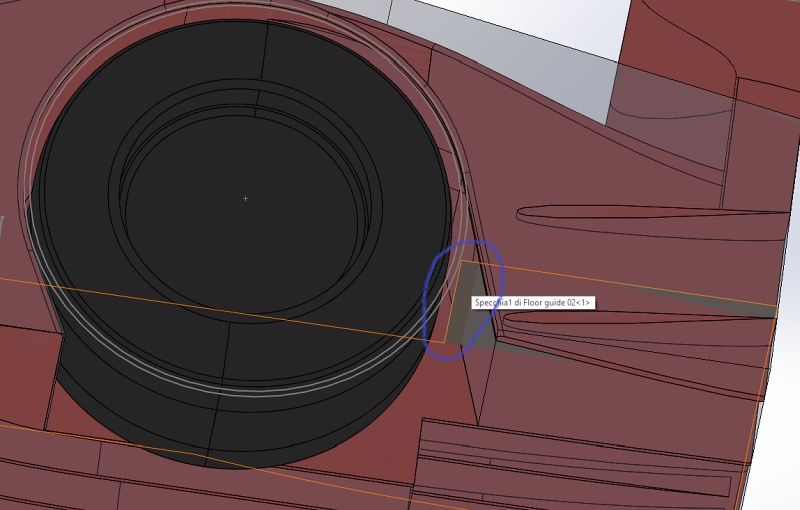machin wrote: ↑14 Dec 2018, 11:44
variante wrote: ↑14 Dec 2018, 00:31
No. Apparently it is a super high downforce track. More than Monaco.
Play with Virtual Stopwatch laptime sim and give us a feedback maybe.
I thought I would have a play myself: I took the best of CAEDevice's cars from the past three years representing "low" "med" and "High" downforce levels (although even "low" is actually pretty high...), and ran them through Virtual Stopwatch (setting COP=1.65m each time) with the following results:

You can see that of
his cars the best one for Daytona is actually the low downforce one...
Daytona
would benefit from a higher downforce setting IF efficiency could be maintained... but you can see from the data above that CAEDevice's car get's very much less efficient at high downforce levels...
I strongly recommend running a similar type of assessment for your own cars to determine which set-up is best for your cars....
Interesting and unexpected (to me) results. I never tested the two variables (downforce and efficiency) at the same time.
Instead, I played keeping efficiency constant:

My target was to isolate downforce effect on laptime, and apparently Daytona and Pikes Peak reward downforce gains more than Monaco.
But I should have run this other test, where downforce is kept constant:

...which suggests that Monaco is nearly immune to efficiency gains, while Daytona is still sensitive to it (much less than the first 3 tracks we raced on, though).
The lesson we can learn is that in Monaco you can increase downforce wildly, without considering efficiency. In Daytona and Pikes Peak your main target is still downforce, but you definitely have to keep an eye on efficiency.
But also: for Daytona, increasing efficiency by 1 point is worth only 1/3 of increasing downforce by 1 point. Which states clearly that it is not an efficiency circuit, especially if you consider Le Mans, where 1 point in efficiency is worth more than 10 times the equivalent in downforce.
(BTW those are not linear functions. I don't grant my considerations to be true outside of the reported range)








